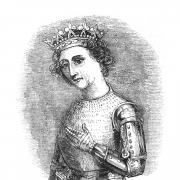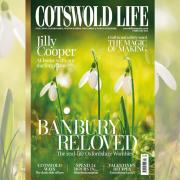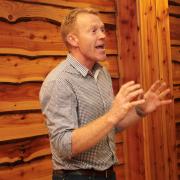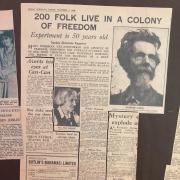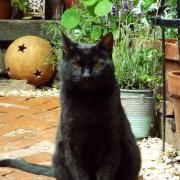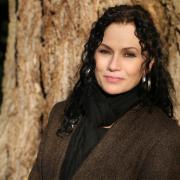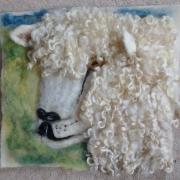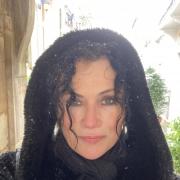Lorraine Child guides us gently through history's pages
After the Poor Law Amendment Act of 1834, the word ‘house’ became the antithesis of ‘home’, for it represented deprivation, hardship and cruel discipline, separation from family: the workhouse. The parish poor were often thought undeserving and lazy, so institutional building programmes ensured that only those desperate enough would enter ‘the House’. I have long been interested in domestic architecture, with shelves of books on the subject suggesting I’m some architect manqué, inspired by the likes of the Barnsley brothers and their integrity in traditional woodworking and building principles. Sadly, my drawing is atrocious: more Greggs than Griggs.
During many years of association with publishing, I have visited hundreds of properties, from the humble to the grand, and spirit of place will invite me to stay or show me the door. There is much said silently by a person’s home. Thomas Hardy’s birthplace in Higher Bockhampton, Dorset is an achingly beautiful thatched cottage, its walls whitewashed and bare, with an honesty of craftsmanship using materials harvested from the land. Its deepness of years, simplicity, the significance of the man, moved me to tears. My response would not have been so profound had I visited Highcliffe Castle.
Being of German descent through the stoutly named Johann Eberhard Hoffler, I prefer order to chaos; ein Platz für alles. Many of the architects and designers who influenced German architecture were themselves inspired by English design, particularly in the case of Hermann Muthesius, passionate advocate of English homes and student of Pevsner, who adapted William Morris’s ideals of the Arts and Crafts Movement. Cotswold Life has become a showcase for those who want to purchase homes in arguably the most beautiful area of England, everything from a one-bedroom apartment for £250,000, to a country residence for £4.8 million. In subjunctive mood, dreamers can choose their favourite property, imagining they have a few million quid stashed in the Emma Bridgewater tea caddy.
Priced at Three Shillings, the summer issue of 1969 featured four properties for sale, typically angular and stark. The current issue has 30 pages of real estate. A luxury split-level, four-bedroom property in Battledown, with a half-acre garden, cost £16,500, and offered enviable ablutionary comfort: a vanitory unit in the master bedroom. Beadman Builders Ltd of Bourton-on-the Water, choosing the verbal over the visual, described an elegant country residence in Naunton, complete with coloured suite, priced £10,900. At the time of writing, I found only one property for sale in the village, a snip at £1.5 million.
The featured estate agents, Davis, Champion and Payne, of 10 and 12 Kendrick Street in Stroud – now a barber’s and a bank – were established in 1772, swallowed much later by Hunter’s. Reading through the business directory for this short street is retail time-travel, showing independent traders providing all the daily essentials of life. Stroud still does that, within a relaxed and bohemian street scene. The 1919 directory has Eastman’s, butcher; Fawkes the grocer; George Fowler, confectioner; and three separate bootmakers rescuing damaged soles. Eastman’s continued into the 1960 directory; also there, a baker, fruiterer and optician: Mr Brown, H. Theyer & Sons, and Limbrick Ltd. Kendrick Street is one of my favourite thoroughfares, not least because it contains Made in Stroud, the emporium for all kinds of artisanal loveliness.
Talking of loveliness, blackbirds are camping in my Elaeagnus pungens (not as painful as it sounds), blue tits have snuggled into their delicate feather bed in the bird box, and clumsy wood pigeons are making an unholy, sticky nest in my bishop pine. Home is what we, and they, make it.




